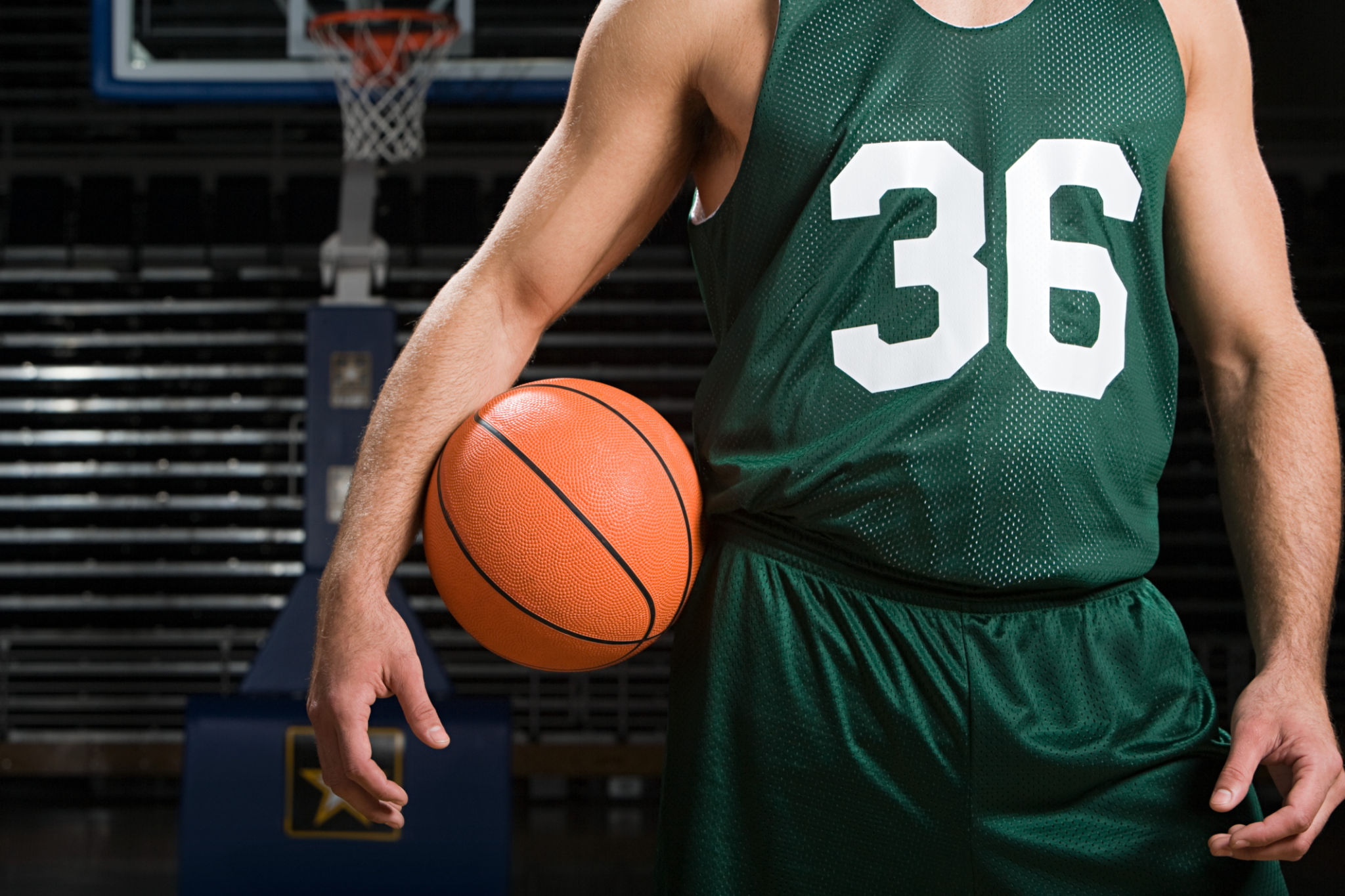How to Choose the Right Sports Equipment for Your Needs
Understanding Your Sport
Choosing the right sports equipment begins with understanding the specific demands of your sport. Each sport has unique requirements that dictate the type of equipment you'll need. For instance, a tennis player needs a racquet, while a soccer player requires cleats. Start by researching the essential gear for your sport of interest to ensure you have a comprehensive understanding of what is needed.
Consider the level at which you play. Beginners may not need professional-grade equipment, while advanced players might benefit from investing in higher-quality gear. Assessing your skill level will help tailor your choices to suit your needs and budget.

Setting a Budget
Once you understand what equipment you need, it's time to set a budget. Sports gear can range significantly in price, and it's crucial to find a balance between quality and cost. High-quality equipment often comes with a higher price tag, but it can also offer better performance and durability.
Make a list of the items you require and research their price ranges. This will give you a clearer picture of how much you might spend. Remember, you don't have to buy everything at once; prioritize essential items first and gradually build up your collection as needed.

Prioritizing Comfort and Fit
Comfort and fit are critical when selecting sports equipment. Ill-fitting gear can not only hinder performance but also increase the risk of injury. Whether it's shoes, helmets, or protective pads, each item should fit well and feel comfortable during use.
When possible, try before you buy. Visit a local sports store to test equipment or consult sizing guides if shopping online. Pay attention to how items feel during movement and ensure they provide the necessary support for your activity.

Researching Brands and Reviews
With countless brands on the market, researching brand reputations and product reviews can be incredibly helpful. Some brands specialize in specific sports or types of equipment, offering expertise and innovation that others may not.
Look for reviews from other athletes or sports enthusiasts who have used the equipment you're considering. Their firsthand experiences can offer valuable insights into the product's performance, durability, and overall value for money. Don't hesitate to reach out to your sports community for recommendations as well.
Considering Long-Term Investment
While it might be tempting to go for cheaper options, consider the long-term investment of your sports equipment. High-quality gear often lasts longer and performs better, making it a more economical choice over time.
Think about how often you'll use the equipment and the conditions under which you'll be using it. Investing in durable, high-performance gear can enhance your sports experience and potentially save money in the long run by reducing the frequency of replacements.

Staying Updated on Trends
The world of sports equipment is constantly evolving with new technologies and trends. Staying informed about these advancements can help you make better purchasing decisions. Subscribe to relevant magazines, blogs, or follow sports influencers who regularly review new products.
This knowledge can give you an edge by keeping you updated on innovations that could enhance your performance or offer improved safety features.
Conclusion
Choosing the right sports equipment involves careful consideration of your needs, budget, comfort, and quality preferences. By understanding your sport, setting a budget, ensuring a proper fit, researching brands, considering long-term investments, and staying updated on trends, you can make informed decisions that enhance your sporting experience.
Remember that investing time in selecting the right gear is an investment in your performance and safety on the field, court, or track. Happy sporting!